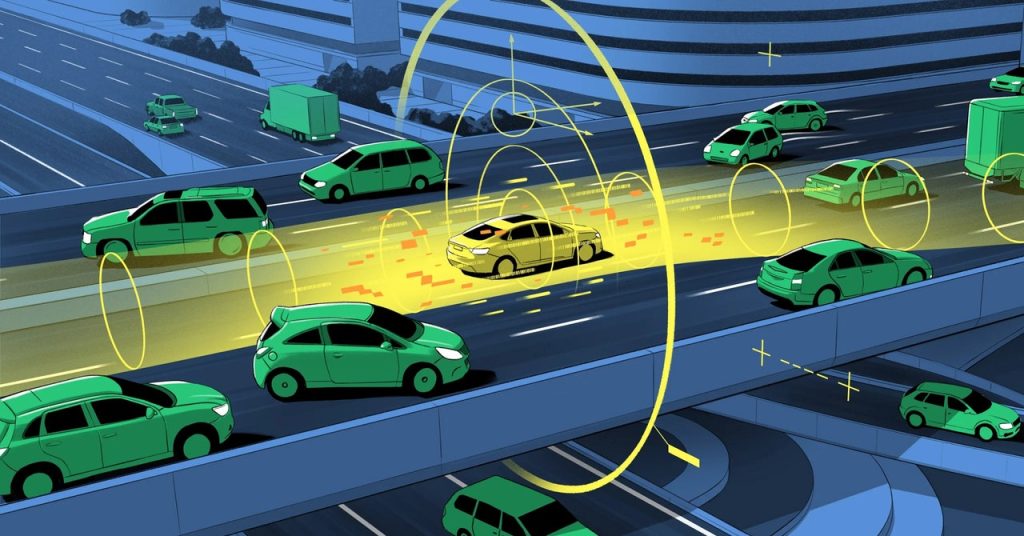Guaranteeing Safety in Autonomous Aircraft Landings
Boeing’s AI Chief Technologist on Improving Alignment and Obstacle Detection
Boeing’s AI chief technologist, Dragos Margineantu, and his team have been working with Sayan Mitra, a professor at the University of Illinois, to develop algorithms that can ensure the safety of autonomous aircraft landings. Their focus is on two critical functions: aligning the plane with the runway and detecting any obstacles that may be present.
Simulations using Sayan’s algorithm show that the alignment [of an airplane prior to landing] does improve,
said Margineantu. The next phase of their project, scheduled for later this year, involves testing these systems during an actual landing of a Boeing experimental airplane. One of the most significant challenges they face is identifying the unknowns and understanding how uncertainty in their estimates could impact safety.
Most errors happen when we do things that we think we know—and it turns out that we don’t.
Margineantu emphasized the importance of recognizing the limitations of their knowledge and the potential consequences of overconfidence in their systems.
This article is a reprint of an original story from Quanta Magazine, an editorially independent publication of the Simons Foundation, which aims to increase public understanding of science by reporting on research developments and trends in mathematics and the physical and life sciences.

2 Comments
Oh, because software never glitches, right? Autonomous vehicles will be just fine!
Ha, let’s just hope these guides are better at navigating safety than my GPS is at avoiding traffic jams!